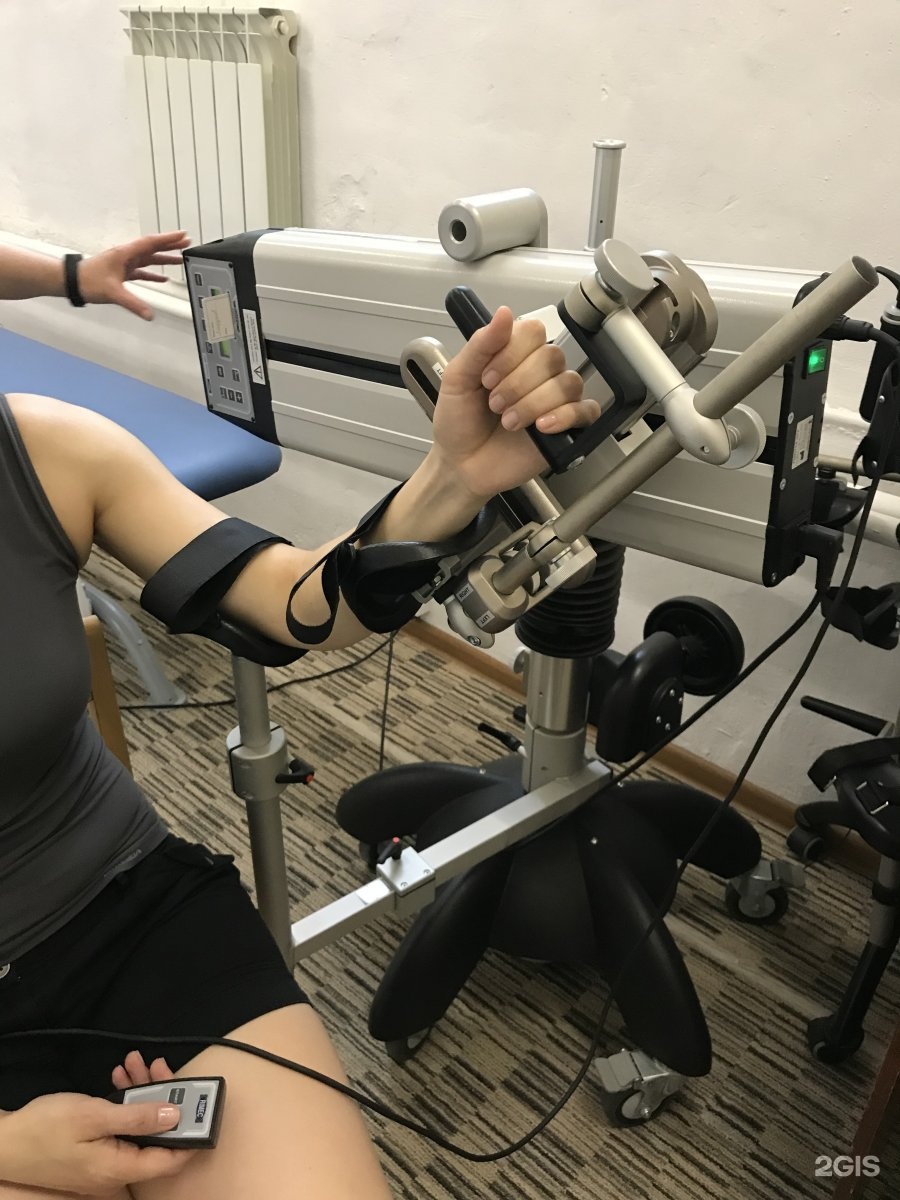A study done by a group of researchers from Brown University in Rhode Island showed that intensive therapy using a robot helps patients improve their arm movement years after having a stroke. The researchers used the machine to offer three months of training and according to the New England Journal of Medicine, many patients had a better quality of life.
Stroke specialists from the UK said the progress was “exciting” but that the robots were at the early stages of development. A stroke can leave someone with long-term disabilities such as limited movement, loss of strength in upper body, loss of appetite, loss of speech and more.
After a stroke it is recommended that patients go through therapy right away to increase the amount of movement recovered but having a physiotherapist for that needed time period can put pressure on the NHS. So a good solution would be to use machines that help patients do the required movements.
Brown University tested a device called the MITManus, which is designed to help exercise the upper body. The patient sits down at a table and places their arm in the device and then is told to complete tasks with the arm. The robot senses the patients’ movement and helps them if needed. Researchers said that the robot is like “power-steering” for arms. A total of 127 stroke patients took part in the study and were separated into three groups. One group had the robot therapy over three months, the second had three months of intensive therapy from a physiotherapist and the third group had standard care, with no intensive treatment.
The robot group and intensive group greatly improved their upper arm function, and could do simple tasks as using a knife or tie their shoelaces.
The researchers said that they were happy with the results, mainly given the years between the stroke and treatment given to the patients. Dr Albert Lo, who led the study said to BBC New, “We’ve shown that with the right therapy [patients] can see improvements in movement, everyday function and quality of life-this is giving stroke survivors new hope.
Photos are courtesy of U.S. Department of Veteran Affairs.
Source: BBC, Brown University




Leave a Reply